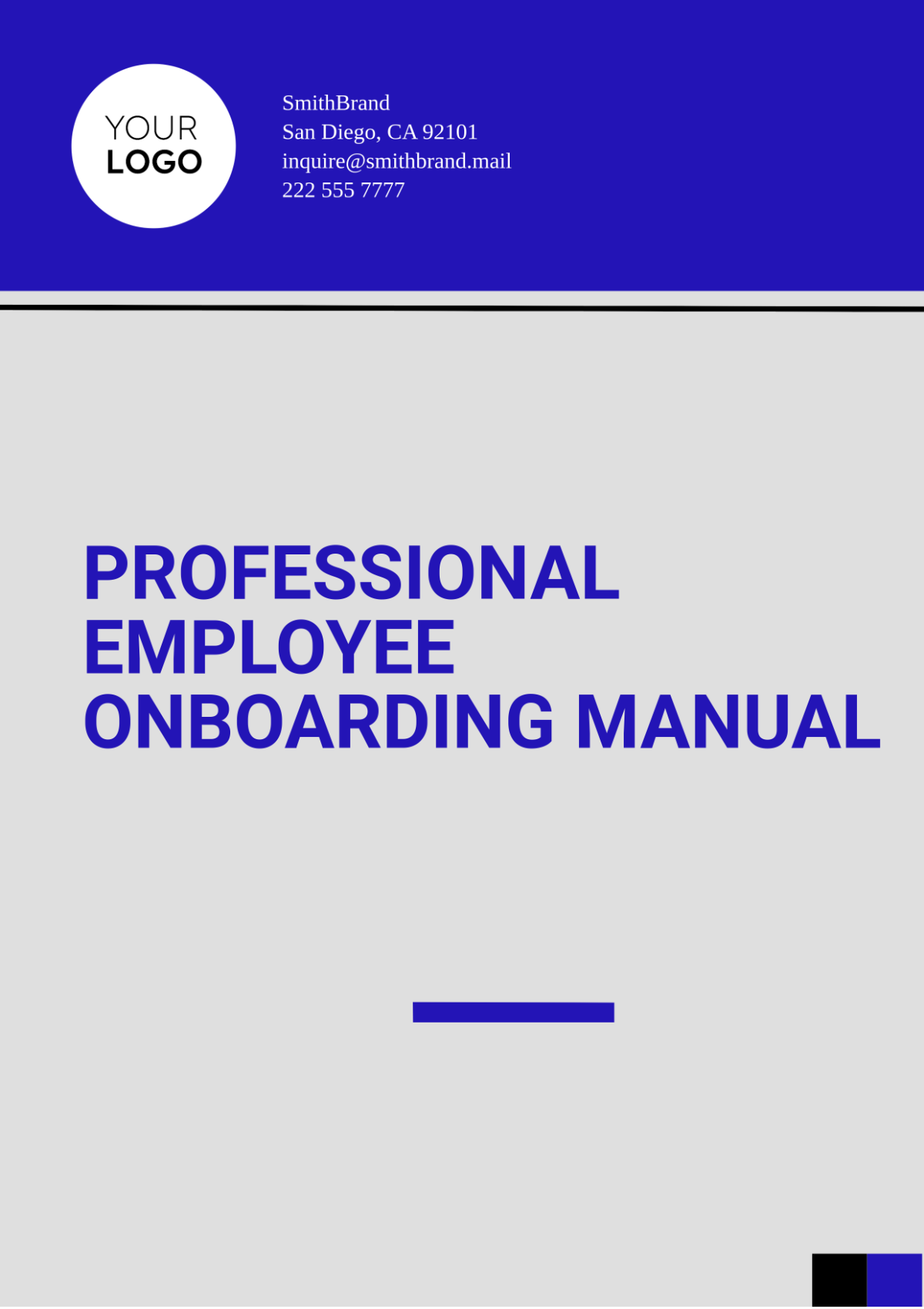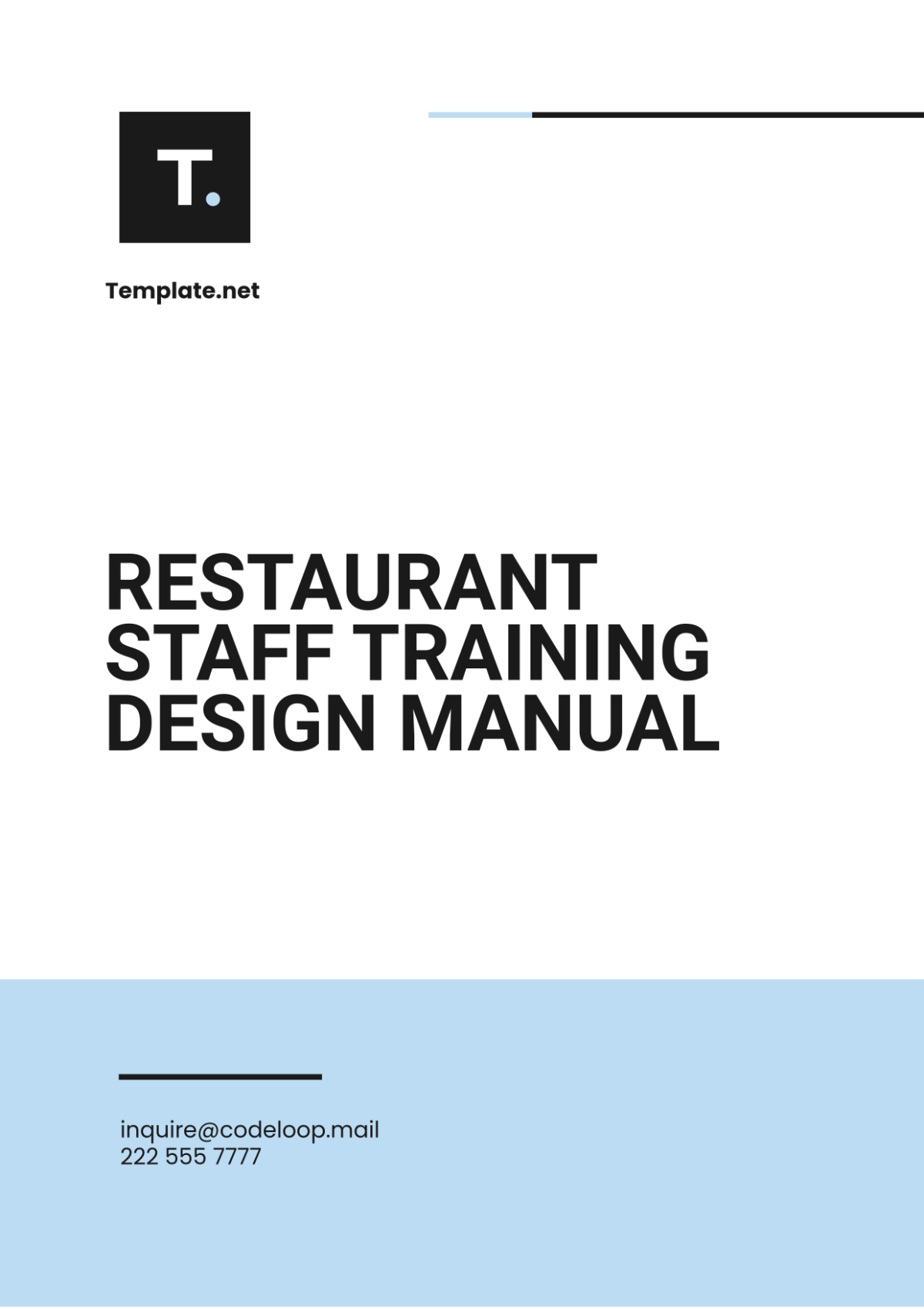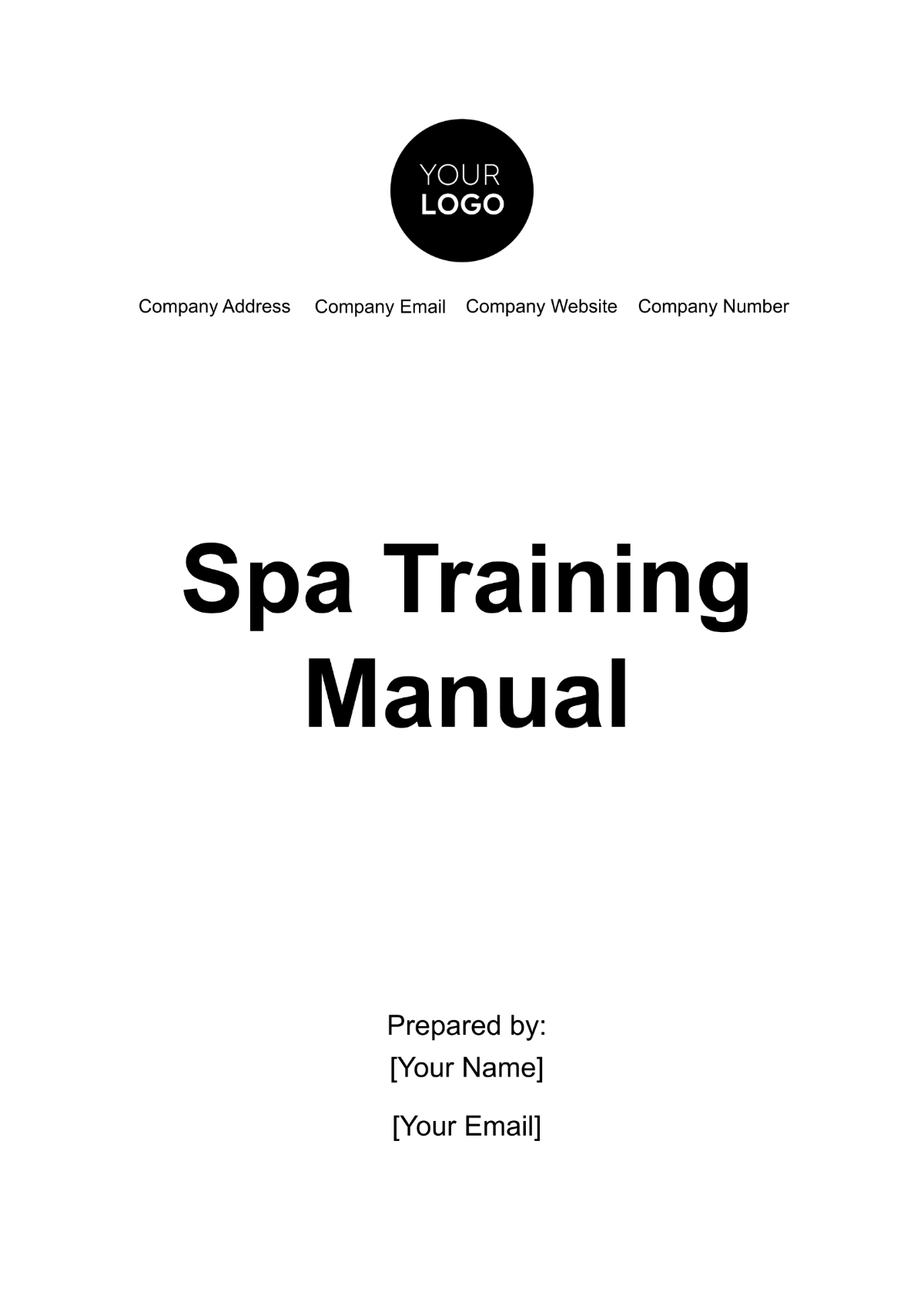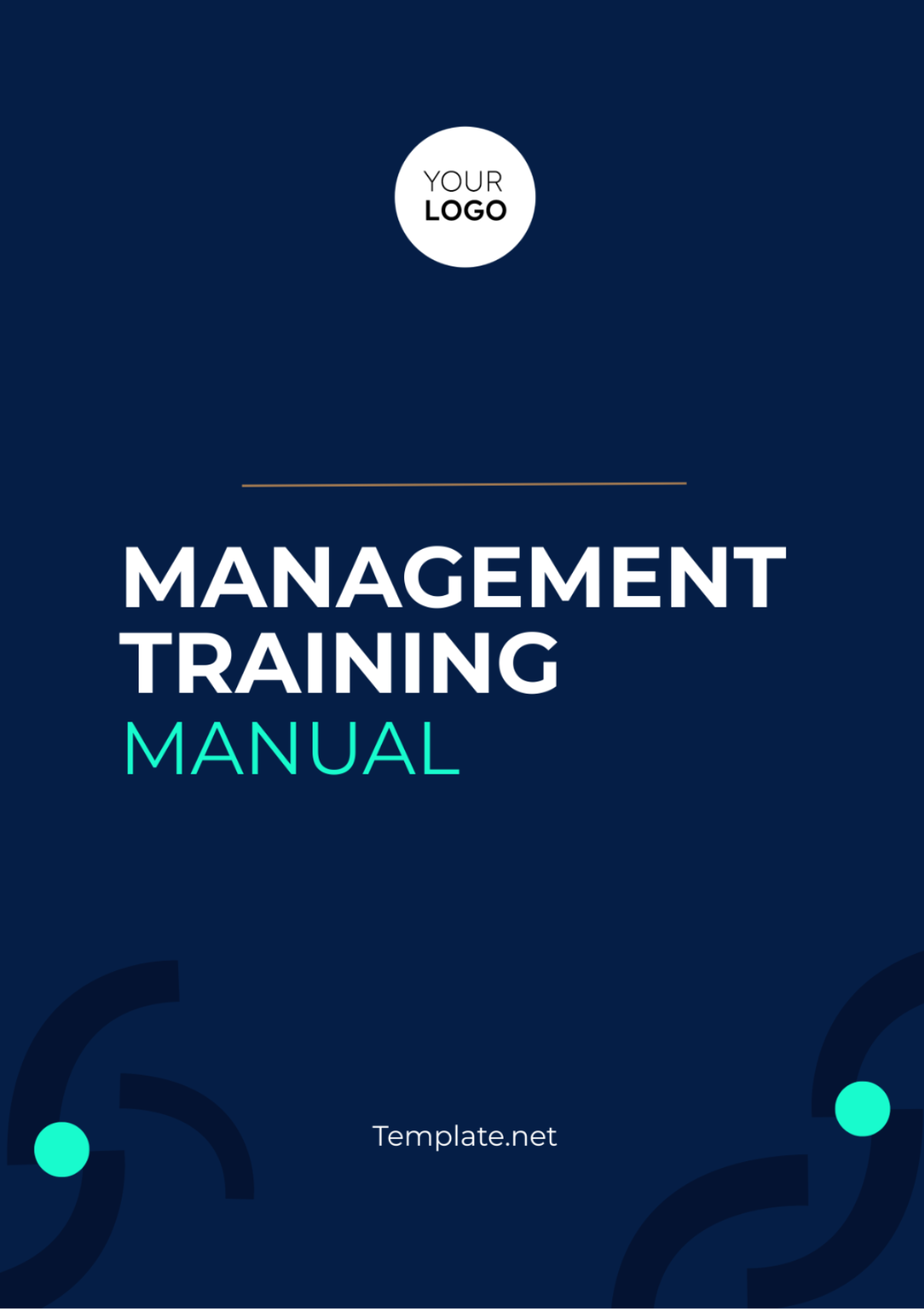Comprehensive Inclusion Training Manual
I. Introduction
Welcome to the Comprehensive Inclusion Training Manual for [Your Company Name]! We believe in an inclusive environment where everyone is treated with respect and dignity. This manual is designed to provide guidelines, strategies, and resources to help promote a more inclusive workplace.
A. Why This Manual Matters
The business world is evolving rapidly, and with it, the demographics of our workforce and clientele. As our communities become more diverse, it becomes imperative for businesses to reflect that diversity not just in hiring practices but in everyday operations and culture. This manual serves as a testament to our commitment to ensuring [Your Company Name] remains at the forefront of this evolution. It provides tools, strategies, and insights that will pave the way for a more inclusive and harmonious future.
B. What You Can Expect
Throughout this manual, you will find a combination of theory, actionable strategies, and real-world case studies. We have structured it to be both a learning tool and a reference guide. Whether you're a manager looking to make departmental changes, or an employee wanting to understand our company's stance on inclusion, this manual offers valuable insights. By the end, you will be equipped with the knowledge and resources needed to champion inclusivity in your role and help [Your Company Name] continue to be a leader in comprehensive inclusion.
II. The Importance of Inclusion
In the dynamic world of business, [Your Company Name] stands as a beacon of progressiveness, not just in terms of our products and services, but also in our internal culture and values.
Innovation Boost: A diverse group of people brings a mix of life experiences and perspectives. This diversity is the fuel for innovation, offering a multitude of ideas and solutions.
Customer Representation: Our diverse customer base sees themselves represented within our company, building trust and ensuring we create products and services that cater to a wide range of needs.
Talent Attraction and Retention: Studies have consistently shown that organizations that prioritize inclusion tend to attract and retain the best talent, as they offer a nurturing and supportive environment.
A. The Social Responsibility Perspective
As a key player in the business world, we have a responsibility to set standards and be role models. Our commitment to inclusion reflects our understanding that businesses should be pillars of social responsibility:
Community Building: By fostering an inclusive environment, we contribute to building communities where everyone feels seen, heard, and valued.
Future Generations: Our actions lay down the blueprint for future generations. By prioritizing inclusion now, we're setting a precedent for a brighter, more inclusive future.
B. Personal Growth and Enrichment
Holistic Growth: When we're exposed to diverse perspectives, we're challenged to think differently, broadening our horizons and contributing to personal and professional growth.
Building Empathy: Engaging with a diverse group of colleagues helps build empathy, as we learn more about different cultures, life challenges, and worldviews.
III. Components of Comprehensive Inclusion
Comprehensive inclusion at [Your Company Name] is a multi-dimensional concept that goes beyond surface-level understandings. It's not just about numbers or quotas; it's about creating a holistic environment where all dimensions of diversity are recognized, celebrated, and leveraged. Here's a deeper dive into its core components:
A. Diversity: Celebrating Our Differences
Diversity is the vast array of human differences that form the mosaic of our workforce. These differences can be visible, like race, age, and gender, or invisible, such as experiences, values, or cognitive styles. It represents the multitude of life stories, challenges faced, triumphs celebrated, and even the nuances in the way we perceive the world around us.
Why It Matters
Diversity means a wider lens through which we view challenges and opportunities, ensuring richer brainstorming.
With diversity, [Your Company Name] becomes relevant on a global scale, understanding and serving various markets effectively.
Our team's internal diversity acts as a mirror, reflecting the complex and diverse world in which we operate.
B. Equity: Leveling the Playing Field
Equity isn't just about treating everyone the same; it's about recognizing that individual needs and circumstances can vary widely. It's the deliberate efforts made to ensure everyone, regardless of their starting point, has an equal shot at success. It's acknowledging systemic imbalances and working to rectify them, ensuring that every team member has the resources, opportunities, and support tailored to their unique situations.
Why It Matters
By guaranteeing equitable opportunities, we harness the latent potential of every individual, leading to collective growth.
When employees see consistent efforts towards fairness, it solidifies their trust in the organization.
In an atmosphere of equity, barriers are removed, allowing everyone to operate at peak performance, benefiting the entire company.
C. Belonging: Finding Home at [Your Company Name]
Belonging extends beyond mere inclusion. While inclusion means ensuring everyone has a seat at the table, belonging is about ensuring they feel comfortable enough to voice their thoughts without fear. It's about cultivating a culture where every individual feels intrinsically connected, valued, and recognized, not just for their professional contributions but also for the unique attributes they bring to the company fabric.
Why It Matters
A deep sense of belonging translates into a deeper emotional connection to one's role and the broader company mission.
A workforce that feels it belongs collaborates seamlessly, with a shared sense of purpose.
Employees' loyalty to the company multiplies when they feel they are an integral part of it.
D. Inclusivity: Active Participation and Engagement
Inclusivity goes beyond passive acceptance. It's an active commitment to ensure that every individual, irrespective of their background, feels acknowledged, heard, and valued. Inclusivity is about consistently breaking down barriers, challenging biases, and crafting spaces where differences aren't just tolerated but are celebrated and sought out.
Why It Matters
In an environment that actively promotes inclusivity, employees are encouraged to bring their whole selves to work, leading to enriched discussions and decisions.
Drawing from a broad spectrum of insights allows the organization to navigate challenges with more flexibility and resilience.
Progressive inclusivity efforts position [Your Company Name] as a thought leader, enhancing its reputation in the business world.
By understanding and intertwining these components, [Your Company Name] commits to a future where everyone doesn't just work but thrives, propelling the organization to unparalleled heights of success and innovation.
IV. Strategies for Effective Implementation
The pursuit of comprehensive inclusion at [Your Company Name] is not just about acknowledging its importance but actively weaving it into the very fabric of our operations. Effective implementation requires actionable strategies that are both pragmatic and impactful. Here, we outline key strategies to ensure the successful integration of our inclusion principles into everyday business practices.
Strategy | Action Steps |
Continuous Learning and Development | Organize monthly or quarterly workshops focused on diversity, equity, and inclusion topics, bringing in expert facilitators. Invest in online learning platforms that employees can access for courses on cultural sensitivity, unconscious bias, and more. Encourage reading and discussions around books that offer insights into different cultures, experiences, and historical perspectives. |
V. Monitoring and Evaluating Inclusion
Continuous improvement forms the backbone of our commitment to comprehensive inclusion at [Your Company Name]. This section outlines our structured approach to consistently monitor and evaluate our inclusion initiatives using defined metrics and valuable employee feedback.
A. Key Performance Indicators (KPIs)
KPIs are quantifiable measures used to evaluate the success of an organization in achieving its objectives. For our inclusion journey, KPIs serve as our compass, guiding us towards our destination and offering a clear picture of where we stand.
Identification and Implementation
Diversity Demographics: Track the composition of our workforce, broken down by gender, ethnicity, age, and other pertinent categories. A shift in these numbers can indicate the effectiveness of our recruitment and retention strategies.
Inclusion Training Participation: Measure the percentage of employees participating in inclusion-related training and workshops. This indicates not only organizational commitment but also employee interest and involvement.
Promotion and Advancement Ratios: Monitor the ratio of promotions across diverse groups. Discrepancies can reveal potential biases or areas for improvement in career development programs.
Inclusive Culture Index: Create a proprietary index derived from various metrics such as employee satisfaction, sense of belonging, and reported incidents of discrimination. A rising index showcases the maturation of our inclusive culture.
Diversity Demographics
Group | 2050 | 2051 |
(Ethnicity) Caucasian | 54% | 52% |
Promotion and Advancement Ratios:
Group | 2050 | 2051 |
Gender (Female) | 44% | 47% |
Gender (Male) | ||
Non-Binary/Other |
This data showcases [Your Company Name]'s commitment to inclusion and provides actionable insights for the future. Remember, while the numbers provide a snapshot, it's the continuous engagement and commitment that truly drive inclusive growth.
B. Employee Feedback
Employee feedback is the collection of insights, feelings, and perspectives of employees regarding the organization's culture, processes, and environment. It serves as a crucial pulse check, helping us understand the lived experiences of our team members.
Collection and Utilization
Anonymous Surveys: Distribute regular anonymous surveys with questions related to inclusion, ensuring that employees can express their feelings without any apprehension. Use the insights to understand areas of concern and make necessary adjustments.
Feedback Sessions: Organize quarterly open feedback sessions where employees can voice their opinions, share experiences, and offer suggestions. Such sessions often unveil nuances that surveys might miss.
Feedback Analysis Workshops: Dedicate workshops to analyze the feedback collected. Instead of merely noting down comments, delve deep to understand the root causes and patterns. The findings from these workshops can feed directly into refining strategies.
Feedback Action Plans: Create action plans based on feedback, ensuring that employee voices translate into tangible organizational changes. Regularly communicate these plans to the workforce to reinforce the value the company places on their input.
By coupling quantifiable KPIs with the qualitative richness of employee feedback, [Your Company Name] sets the stage for a responsive, dynamic approach to inclusion. This dual strategy ensures that we remain not just proactive but also reactive, adjusting our sails as we navigate the vast ocean of comprehensive inclusion.
VI. Final Thoughts
Comprehensive inclusion is more than a mere objective on our roadmap; it's the path we've chosen to tread every day. At [Your Company Name], our vision is not just to be a beacon of success but to shine as a haven where every voice is cherished, where every individual feels an innate sense of belonging, and where respect isn't the exception but the norm. We're grateful for your partnership on this voyage. Together, we won't just reach our destination; we'll set new horizons for inclusivity.
Thank you for being an integral part of our shared legacy!

















































